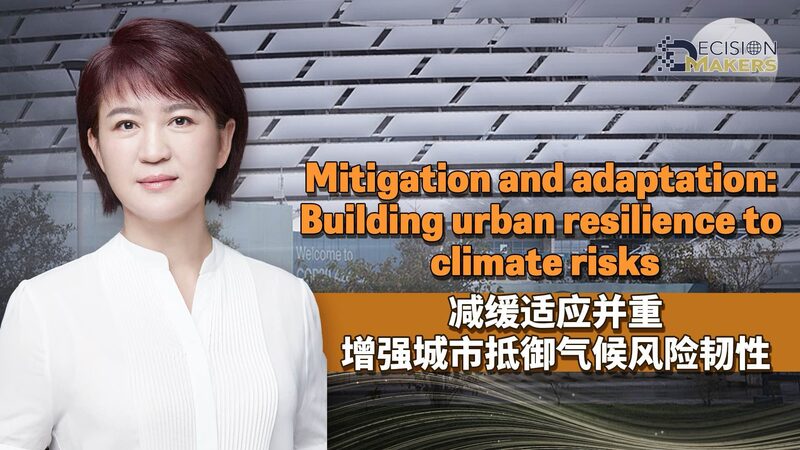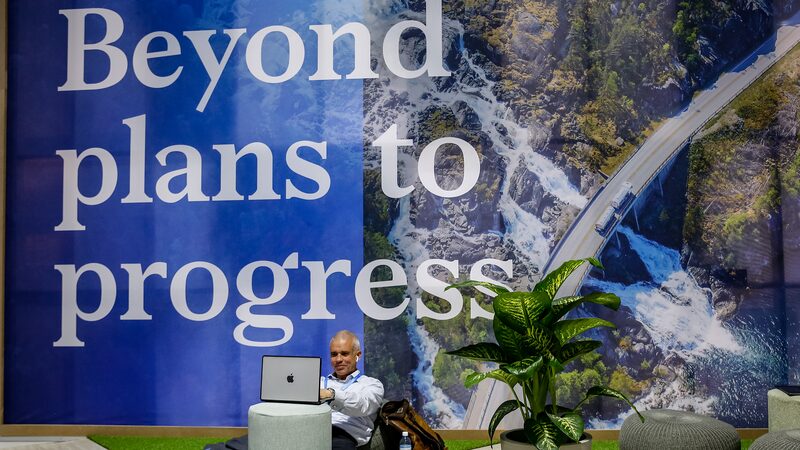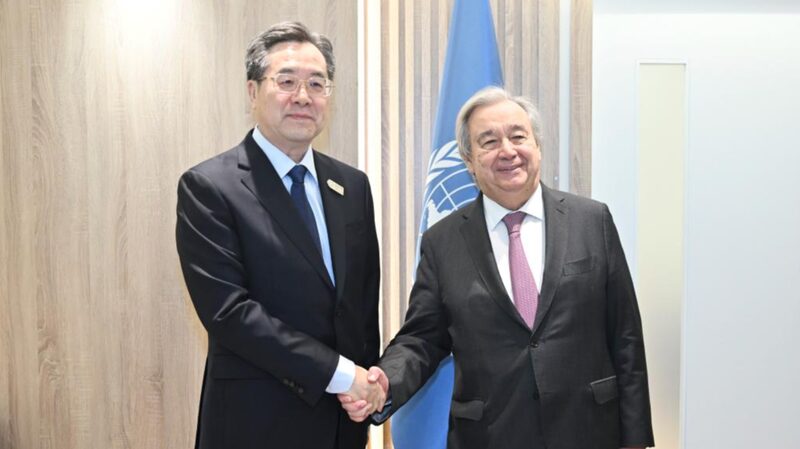The 29th Conference of the Parties (COP29) to the United Nations Framework Convention on Climate Change is convening in Baku, Azerbaijan, amid the context of global climate change. While the recent U.S. election has cast further uncertainty on climate commitments, the science is clear: Addressing the climate crisis demands immediate and collective action.
Cities are at the heart of climate action. Home to 4.5 billion people and responsible for nearly 75 percent of global CO2 emissions, cities are both vulnerable to, and instrumental in, fighting climate change.
In China, where the urbanization rate of permanent residents has surpassed 65 percent and is projected to reach 70 percent by 2030, integrating climate strategies into urbanization is critical. Leveraging city renewal, this approach supports China’s people-centered urbanization strategy, driving green growth and enhancing resilience to growing climate risks.
A recent World Resources Institute (WRI) study offers a stark view of the challenges ahead. Examining climate risks under 1.5 degrees Celsius and 3 degrees Celsius warming scenarios, our research assessed impacts across nearly 1,000 major cities worldwide. Data from 158 Chinese cities suggest that under a 3 degrees Celsius warming scenario, the number of high-temperature days (daily maximum temperatures exceeding 35 degrees Celsius) in China will increase by 70 percent, with urban hubs like the Yangtze River Delta and Pearl River Delta facing some of the longest, most intense heatwaves nationwide.
WRI also warns of a 13 percent rise in landslide risks from extreme rainfall, alongside the northward spread of vector-borne diseases like malaria and dengue, heightening health threats in central, western, and northeastern China.
Undoubtedly, these shifts will impose substantial public health and infrastructure burdens, underscoring the urgent need for comprehensive urban adaptation strategies.
Climate change is no longer an abstract concern. Its impacts are shaping the lives of millions, especially in urban areas, and demand a robust response across both mitigation and adaptation. As China’s former special envoy for climate change, Xie Zhenhua, aptly put it, further study will be needed for coordinating climate change mitigation and collaboration, and plenty of policies are available to bring down greenhouse gas emissions and help developing countries alleviate life-threatening challenges.
Major economies, particularly G20 nations responsible for 80 percent of global emissions, should scale up their efforts. Yet none are on track to meet their net-zero commitments. The cost of building climate resilience should not be seen as a burden but as a worthwhile investment. To avoid the costly consequences of worsening extreme weather, nations must elevate their ambitions, accelerate emissions reductions, and build resilient infrastructures.
Reference(s):
Mitigation and adaptation: Building urban resilience to climate risks
cgtn.com





